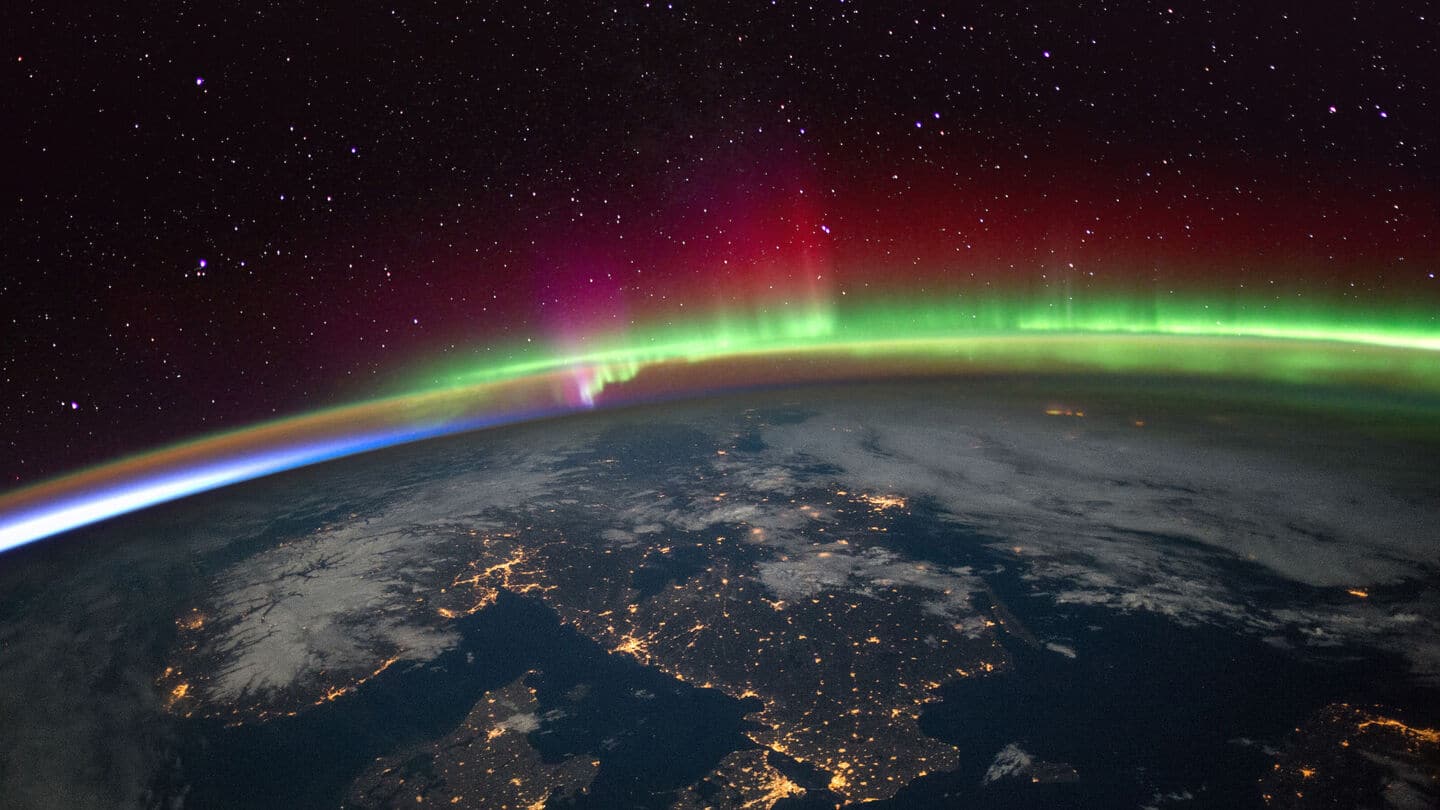
Why northern lights could become stronger within next 2 years
What's the story
The Sun is entering a turbulent decline, which could lead to stronger auroras or northern lights in the coming years. According to space weather physicist Tamitha Skov, this phase could be the Sun's "last gasp," a dramatic finale that may trigger intense geomagnetic storms and stunning auroras on Earth. The declining phase of the solar cycle is known for its increased geomagnetic activity, making it an exciting time for aurora enthusiasts.
Cycle dynamics
Understanding solar cycle
The solar cycle, which lasts about 11 years, sees a peak in sunspots and eruptions during the solar maximum. This is followed by a decline toward a quieter solar minimum. However, this decline isn't as peaceful as it sounds for Earth. Pal Brekke from the Norwegian Space Agency told Space.com that peak auroral activity occurs a few years after solar maximum, meaning we can expect several more years of high aurora activity.
Storm frequency
More geomagnetic storms during declining phase
Skov explained that during the declining phase, we actually see more geomagnetic storms. This is because long-lived coronal holes, cooler, darker regions in the Sun's atmosphere that release high-speed solar wind, become more common. Scott McIntosh from Lynker Space described this period as an overlap between the cycle's "light side," dominated by eruptions, and its "dark side," dominated by coronal holes.
Storm duration
Prolonged storms for aurora hunters
This overlap can hit Earth's magnetic field from multiple sources, creating storms that may not be the strongest but often last longer. Skov noted these prolonged storms "may not be as intense as just the big CME, but they're longer duration," giving aurora hunters multiple nights of potential displays. This means even if a storm isn't particularly strong, it could last long enough to create stunning auroras over several days.
Cycle finale
Last gasp of Sun could be dangerous
Skov also highlighted another late-cycle twist, what she calls the Sun's "last gasp." These last gasps usually come within two to three years before solar minimum. They are typically driven by one or two highly complex sunspot groups that emerge late in the cycle. If such a region forms and faces Earth, it could release powerful, repeated eruptions earthward.
Storm intensity
G5 storm can disrupt GPS networks, spacecraft
Skov said the chances of another big G5 event with these last gasps are pretty high. The G5 is the highest level on NOAA's geomagnetic storm scale, capable of producing auroras deep into mid-latitudes. These geomagnetic storms can also interfere with GPS networks, disrupt radio signals and damage spacecraft. Skov warned that prolonged radiation and geomagnetic activity could cause spacecraft anomalies as they remain exposed to a constant stream of high-energy particles.